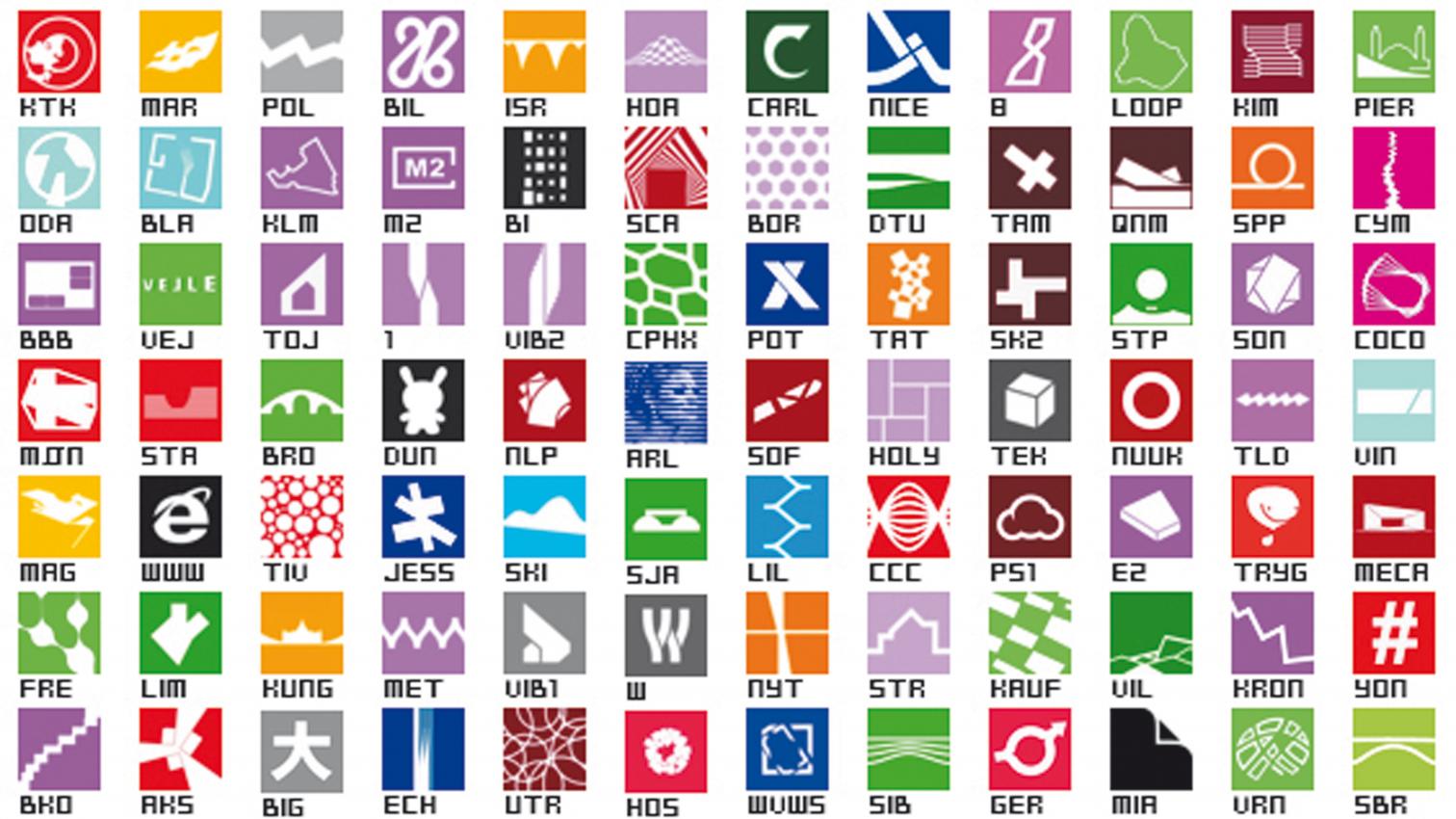Pragmatic Pleasures

Over the last decade we have encountered what seems to be a law of nature – or at least a law of architecture: it seems to be inevitable that the infrastructure of the industry of the past gets appropriated to become the framework for the social and cultural life of the present.
The old train tracks on Manhattan’s Lower West Side turn into the High Line – the most popular park of New York today. The Tate Modern in London is an old power plant. The most beautiful parks and lakes of Copenhagen are the moats and fortifications of the old city fortress reinvented. The world’s first ski-lifts were repurposed mining lifts – as the silver dried out the flow got reversed – , and rather than bringing metals down from the hills they started dragging skiers up to the slopes. The Soho industrial lofts with the tall ceilings, long spans and big windows have become the most desirable places to live.
Somehow the pioneering of the infrastructure of industry or military paves the path for mainstream architecture to follow. And this phenomenon isn’t restricted to architecture: in the clothing industry work uniforms and sports gear drive inventions and the engineering of better, faster and stronger fabrics and features. Subsequently these innovations find their way on to the catwalk through vintage and appropriation. The list is endless but some of the pillars of fashion today – jeans and sneakers – were invented for the mine and the running track.
The suburban SUV is an offspring of the Jeep – a phonetic compression of the military abbreviation GP from General Purpose vehicle. The GPS, MP3, MP4, the internet are military spinoffs. What starts off with a strictly practical or utilitarian purpose – data compression or global positioning – ends up as a social tool for sharing videos of pets and toddlers or finding the nearest coffee shop.
Even engineering as a profession – the very idea of applying science to bridge building and ballistics – is a spinoff from the military. And the same goes for architecture. In our recent work we have been increasingly charged with the task of injecting social or cultural purpose into structures left behind by our industrial or military heritage... [+]





